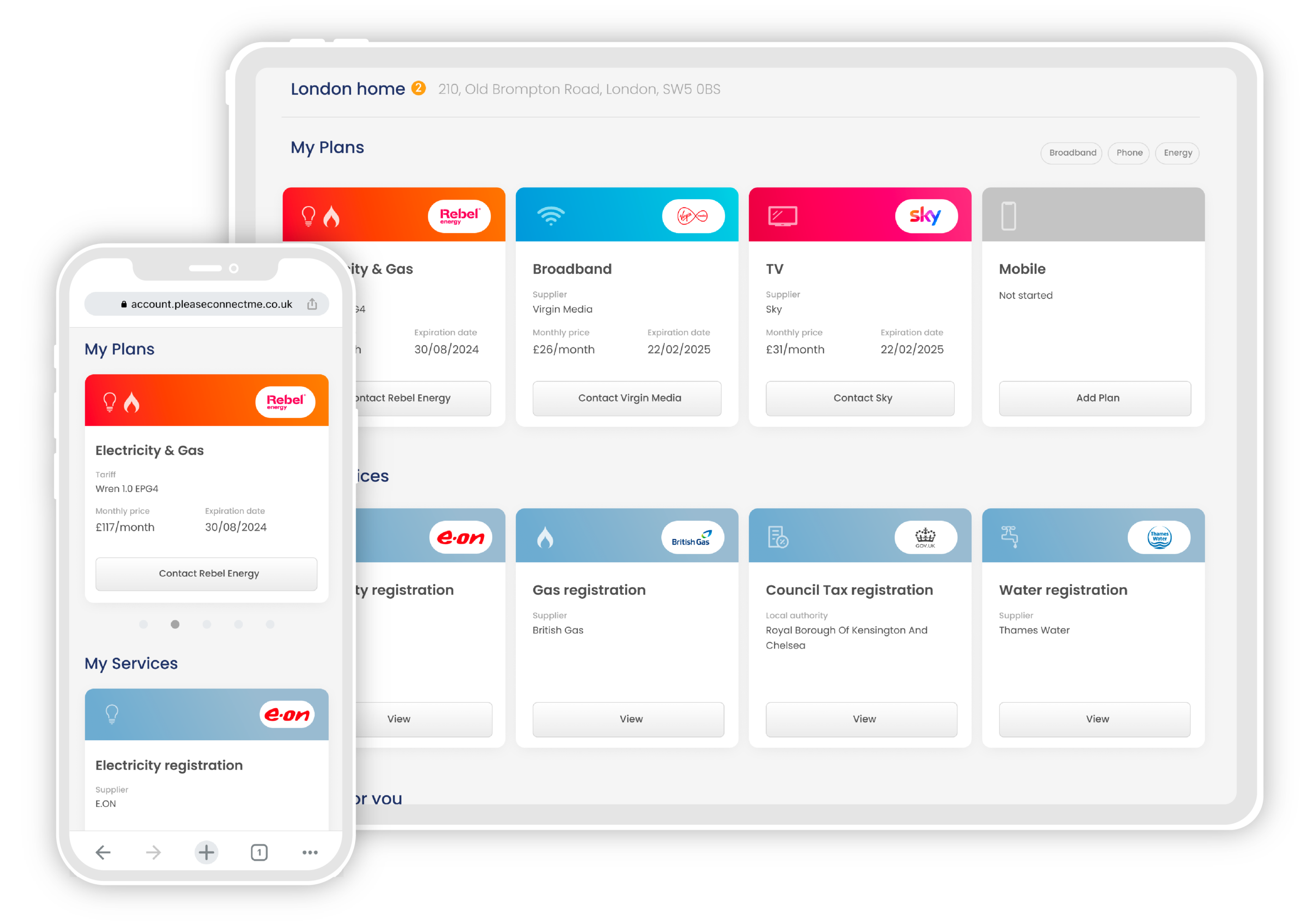UK energy regulator Ofgem has confirmed this year’s winter energy price cap. The average UK household will pay £1923 a year for electricity and gas under the new price cap.
Every 3 months, Ofgem sets a maximum limit on the price domestic energy customers pay for gas and electricity. The new winter energy price cap will apply from October 1st until December 31st for customers on a default or standard variable tariff.
Read on for more on the new price cap and how you can protect yourself from future energy price jumps.
What is the energy price cap?
The energy price cap is a maximum limit set on the unit prices for gas and electricity that energy suppliers can charge out-of-contract customers. It was first introduced in January 2019 by Theresa Mays’s government.
Before the price cap, customers found themselves overpaying for energy without realising it. Suppliers were free to set their own out-of-contract prices and used this as an opportunity to set over-inflated default tariffs. The price cap stopped this practice by setting a maximum on these rates.
However, during the UK energy crisis, costs for gas and electricity suddenly skyrocketed. Better value tariffs disappeared, and the price cap went from a ceiling on high bills to the best value option for gas and electricity. The price cap was changed to be updated every three months, increasing and decreasing in line with energy costs.
While it’s usually expressed as an annual total, the price cap is actually a per-unit limit. Your bill will always be based on your actual usage. To make comparing price caps easier, the per-unit cost is multiplied by the usage of a typical household.
How much is the winter energy price cap?
The new winter energy price cap is £1,834 a year. This is based on average unit rates of £0.27 per kWh for electricity and £0.07 per kWh for gas. The new average daily standing charges will be 53p for electricity and 30p for gas.
This is also calculated based on a lower average usage figure than previous price caps. Using the last price cap’s average usage, the new price cap would be £1,923.
Your actual unit rates will vary based on where you live and how you pay your bill. You’ll be able to see
These new rates apply from October 1st until December 31st 2023.
Before then, we’ll be updating our bill calculator with the new rates to help you estimate your new bills.
Will the price cap increase again?
Ofgem reviews the energy price cap every three months. The next review is in November, with a new cap replacing the winter energy price cap in January.
Analysts at Cornwall Insight, who correctly predicted the latest price cap change, expect that the new price cap will be higher than the autumn cap based on the same usage.
British Gas parent Centrica’s CEO Chris O’Shea shares this expectation and warned of the instability of the current market. O’Shea drew attention to ongoing global events, including the war in Ukraine, which have the potential to send wholesale energy costs spiralling once more.
After the shocking energy price rises of the last few years, many consumers fear that these price rises may be even higher than expected. With fixed-rate energy tariffs, which guarantee your energy rates for the length of your contract, increasingly available, more and more UK households are choosing to lock in their rates.
‘More than 200,000 people switched last month, an 83% increase year on year.’ Confirmed Natalie Mathie, an energy expert at Uswitch.
Want the security of a fixed-rate energy tariff? Book a free call with Please Connect Me and switch to the best tariff for you today.
Read more about energy in the UK:













